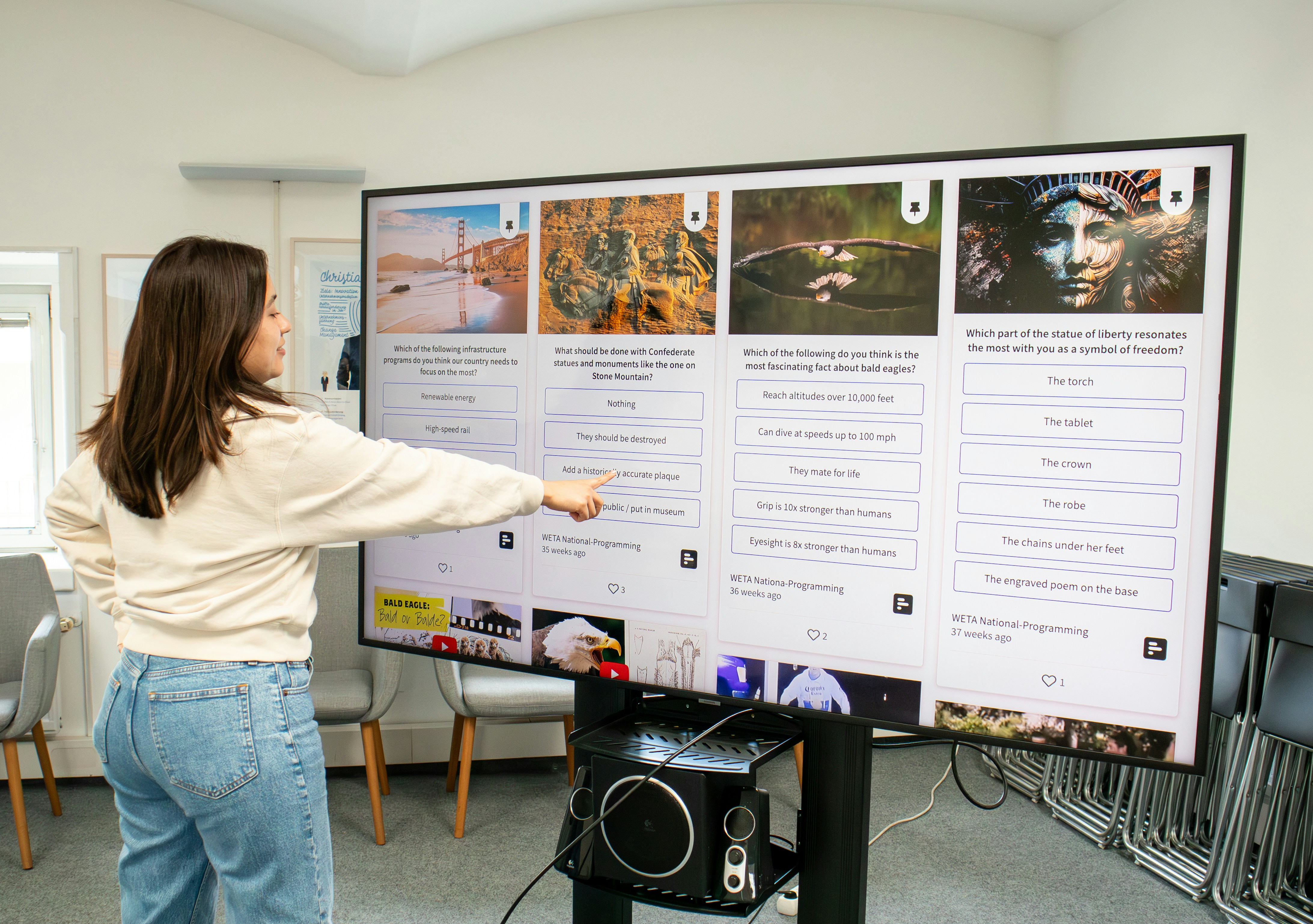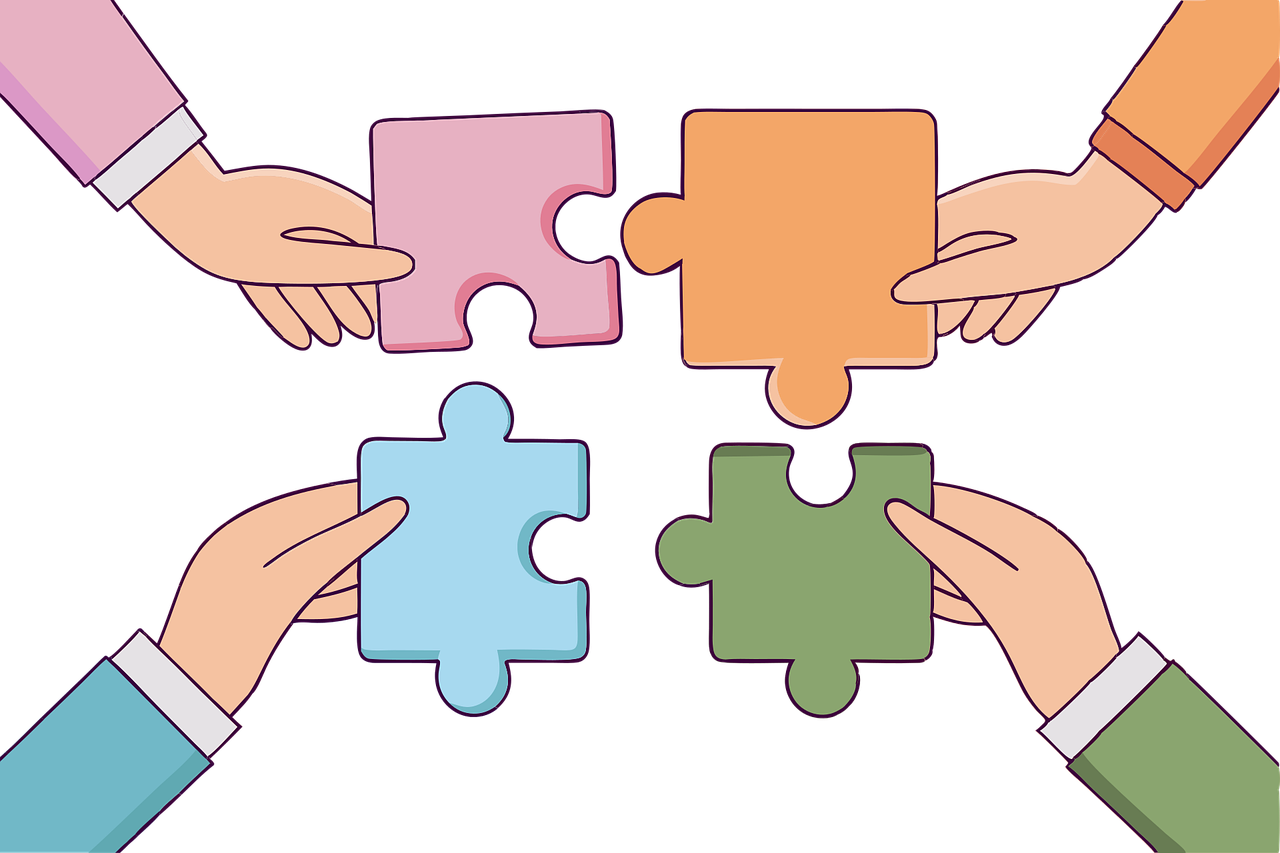Picture this: a fridge with a button that allows you to order take-away pizza and signals you when it’s time to buy groceries; a luggage that can communicate its geolocation and lock itself, if lost; a door bell that sends you video alerts when someone rings at your door; a thermostat that monitors your apartment’s temperature, and automatically adjusts it, in a cost-efficient way.
You may start heating your car on a cold night before stepping in, and alert your friends when you have drunk way too much and need a drive back home, thanks to ice-cubes in your cocktail that will text your friends and change colour based on how much you have been drinking!
While all this may seem to some of you the setting for a movie showing a distant future – such as Minority Report – most of these Wi-Fi connected objects already exist and are available on the market.
A research by the International Data Corporation showed that 212 billion smart objects will be owned by the world population by 2020. Businesses are ready: Samsung recently bought Things, a company that develops platforms for smart homes; years ago Google acquired Flutter, a gesture recognition startup, Nest Labs for the development of smart meters, and the robotics expert Boston Dynamics. Apple has released a framework to create iOS apps that can communicate with connected accessories and with your home (HomeKit).
At the same time, the Data Gate is still fresh on Europeans’ minds, and hacking attacks on smart home accessories are already possible, potentially threatening malfunctions of life-saving objects, such as implantable cardiac defibrillators (ICDs). In 2014, a fridge in the US was infected by a virus and started sending spam to all the objects it was connected to. As we become increasingly reliant on this interconnection of things, problems may emerge with regards to security. The major issue is that for the moment products are still sold without a security vision, and purchasers fail to recognise the security aspect (for instance, they do not change the default passwords).
Now, imagine the Snowden scandal, and apply it to the amount and nature of the information that these apps can release: your energetic consumption, your food or music preferences, your daily habits and health.
The huge amount of data provided by your Wi-Fi connected smart home appliances may be used by external agencies for the most disparate purposes: business and marketing purposes, in the case of food, health; even insurance companies, who may monitor your eating or sports habits and use these as predictors of obesity or other health-related problems, with the goal of increasing premiums; security and investigation purposes, in the case of government departments. But most importantly, the Internet of Things (IoT) may help the life of cybercriminals, posing tremendous security threats, especially in public spaces. One further issue is linked to the concept of trust between citizens, businesses and policy makers.
One of the most recurrent themes since the times of pax romana emerges again: is there a necessary trade-off between liberty and security? Do citizens necessarily have to be less free in order to be secure, and vice versa? In other words, what is the relationship between privacy and security, and what are Europeans’ perceptions and requirements in 2015?
An easy answer is that specific rules and regulations for the IoT will need to be set up at an EU level, in order to clearly define a consistent and acceptable degree of intrusiveness that companies and governments may be allowed for, and to set security measures that protect individuals from malicious actions.





